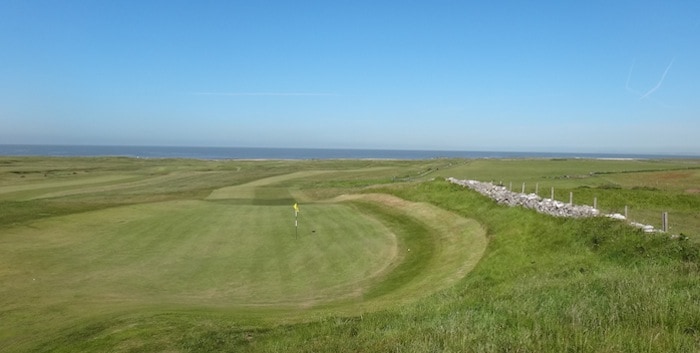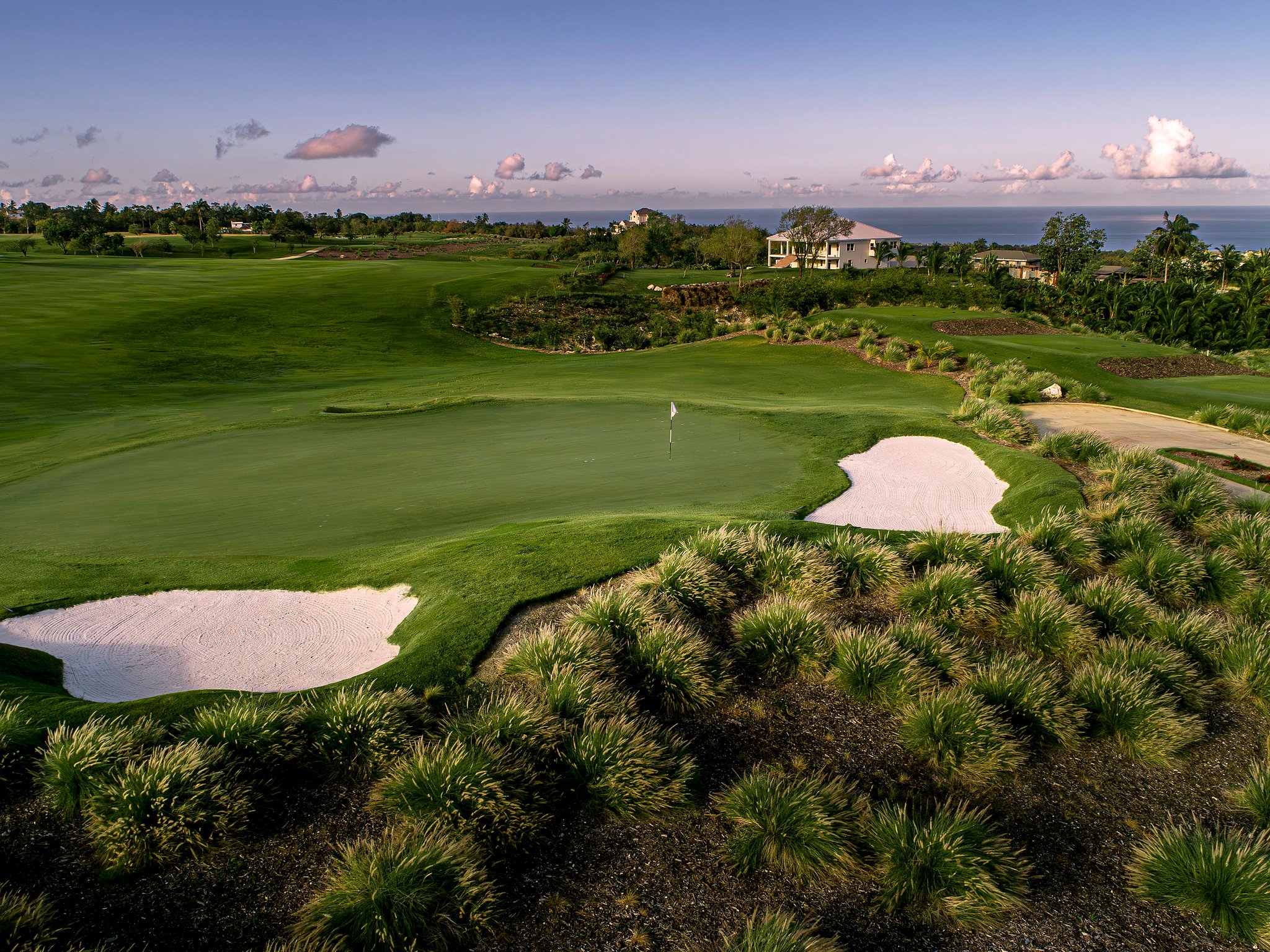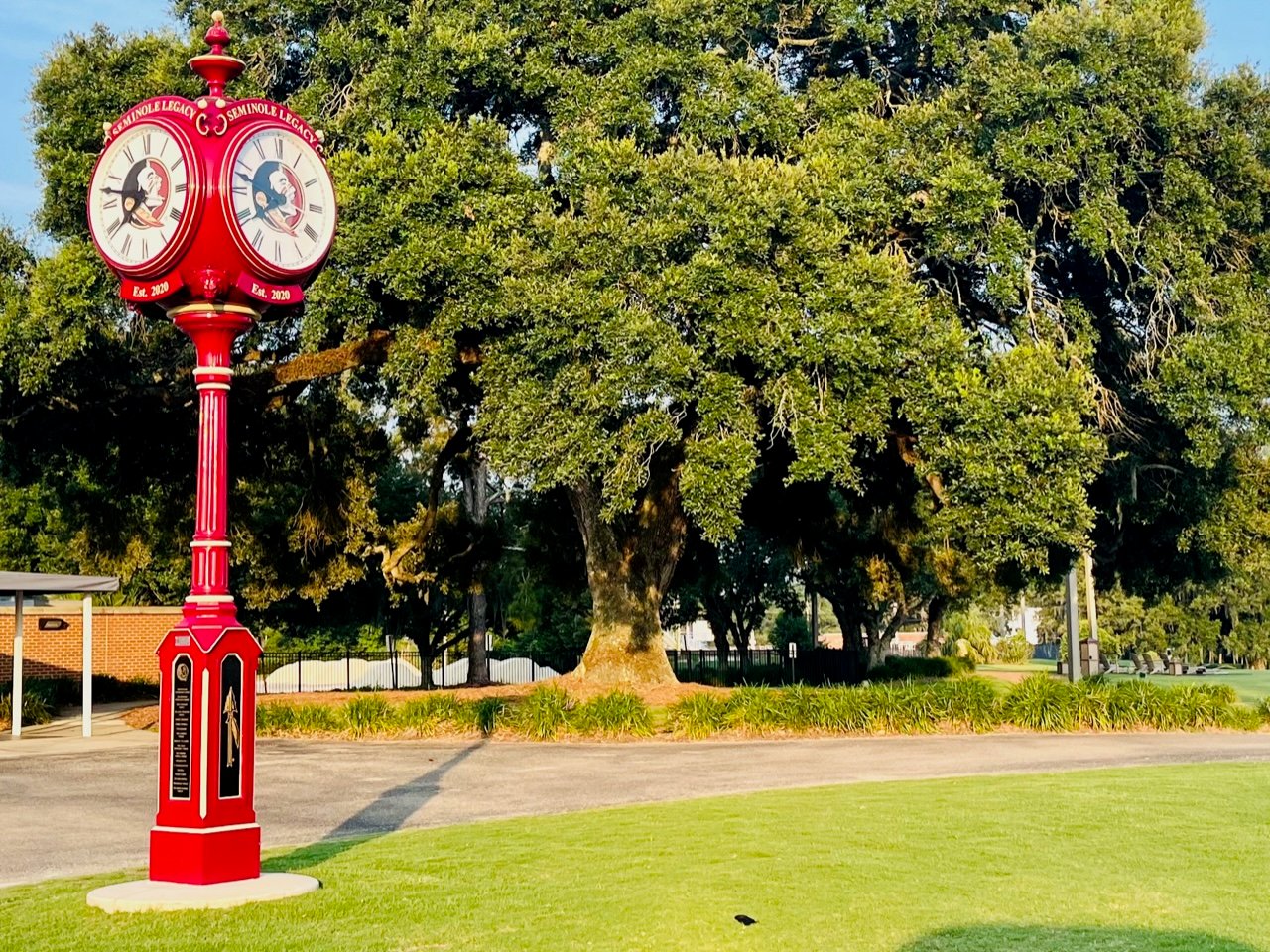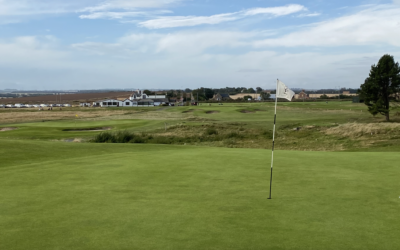After the British Open has visited the glorious links at Royal Portrush in Northern Ireland in 2019, there will be only one country in the United Kingdom that won’t, in the last half-a-century, have experienced the glory and prestige of hosting the oldest and greatest golf tournament in the world… and that country is Wales. And that might just be about to change.
Before the Ryder Cup was staged at Celtic Manor in 2010, Wales was almost completely ignored by golfers visiting the British Isles. Of course, everyone knew all about the great Scottish, Irish and English courses but how many could name even one in Wales? Celtic Manor and the thrilling Ryder Cup staged on its magnificent ‘2010’ course certainly raised the profile of this pocket-sized principality. But more needs to be done and hosting The Open would undoubtedly boost Wales’s golfing credentials.
The Open, of course, is always played on a links’ course and Wales is blessed with several that could legitimately claim to provide a sufficiently stern test for the best golfers in the world. However, there is one that is perfectly located mid-way between Cardiff and Swansea, has already staged several hugely important tournaments and is rightly considered one of the greatest courses in the world… Royal Porthcawl.
Second World War Intervenes
In the 1930s, the Royal and Ancient’s Championship committee visited the Royal Portcawl course with a view to adding it to the Open rota. As they almost invariably do, they suggested a number of modest alterations to improve it. No sooner had these bedded in than the Second World War broke out and more urgent matters than golf had to be attended to. Fortunately, Royal Porthcawl avoided the fate that befell many courses, that of being appropriated for agricultural use. Although relieved they could carry on golfing, the members nevertheless didn’t escape rationing and were limited to one tot of whisky a day.
Since the War, it has staged a number of big tournaments including the Walker Cup, the British Amateur Championship, the British Boys’ Championship, the Home Internationals for both men and women, the British Ladies Open Championship, the Vagliano Trophy and the Curtis Cup.
The pros have also battled around the course. The British Seniors Open was contested here in 2014 and is scheduled to return in 2017. And in the early 1980s, the Coral Welsh Classic drew sizeable crowds to this lovely stretch of coastline. Among the famous names that have tackled Royal Porthcawl are Tiger Woods, Greg Norman, Nick Faldo, Sandy Lyle, Bernhard Langer, Percy Alliss (Peter’s father), Peter Thompson, Christy O’Connor, Howard Clark and the Prince of Wales before he was crowned King Edward VIII.
Murmuring Surf
They will all have enjoyed what is quite simply a spectacular challenge. Sometimes with links courses there’s a big bank or string of dunes by the beach that restrict views of the sea. There’s no such problem at Royal Porthcawl where the sea can be seen from every hole. And what a great blessing that is. The beach is an impressive expanse of sand and watching the waves roll in and listening to the murmuring surf certainly calms the nerves standing over a tricky putt. Chances are they’ll be a few surfers riding the waves. Fun though I’m sure it is, at no time during my round did I fancy swapping places with any of them.
As well as wonderfully uninterrupted views over the sea and across the Bristol Channel to the Somerset coast, the course has the considerable benefit of significant elevation. It slopes steadily uphill away from the shore and thus provides many delightfully elevated tees which allow golfers to feast their eyes on the inviting fairways that lie beneath them. All the features one hopes to find on a links such as wispy grass, rivetted bunkers, humps and hollows, fast greens and springy turf are all here in abundance as are those you would rather not find, such as gorse bushes.
Over 7000 yards off the tips, the course starts off with the first three holes heading into the prevailing westerly wind before it turns inland and uphill. The holes are conveniently separated by inhospitable vegetation, consequently a degree of accuracy is handy. And it all finishes with a stirring climax as the 18th sweeps downhill from one of the highest points on the course towards a green resembling an infinity pool that merges into the sea behind it.
Bygone Era
And the fun continues even after the final putt has sunk for the historic clubhouse is every bit as delightful as the course. Closer to the sea than any other I’ve ever entered, it’s like a museum but far more comfortable. There are two bars – Trap One and Trap Two – battered wooden floors, sepia prints on the walls and an atmosphere that’s redolent of a bygone era when hickory was king.
Providing the wind isn’t howling too loudly, be sure to step outside, sit on one of the benches, look out to sea and reflect on your good fortune at having visited such a magnificent spot. The Open would simply love it here.
Why We Love It
Royal Porthcawl rightly belongs right up there in the top 50 courses in the world because it has that indefinable quality which separates the truly great from the rest. Quite simply, the course is exhilarating and a thrill to play. The only possible problem might be the weather. Remember your waterproofs, just in case and, if it does pour down a bit too hard, you should retire to the historic clubhouse and, rather than rainwater, soak up the atmosphere instead.
 Golf writer Clive Agran, 65 and a journalist for more than 40 years, Clive Agran still wonders what he’ll do when he grows up. Nicknamed ‘Silky Swing’, he travels the globe looking for the world’s best golf courses.
Golf writer Clive Agran, 65 and a journalist for more than 40 years, Clive Agran still wonders what he’ll do when he grows up. Nicknamed ‘Silky Swing’, he travels the globe looking for the world’s best golf courses.







 0
0









